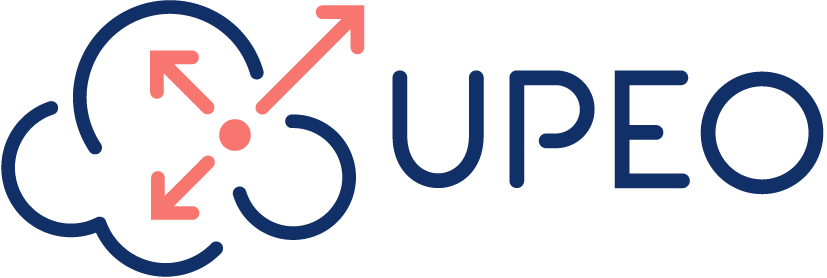The best thing about SaaS software is that it’s constantly updated and keeps innovating. The worst thing about SaaS software is that it’s constantly updated and keeps innovating. At UPEO, we always look on the bright side, and are eager to work on the continuous improvement of a Salesforce implementation. Updates and upgrades are a great way of really adapting Salesforce to match the exact needs of an organisation.
Each Winter, Spring or Summer Release from Salesforce brings great new stuff to the platform. New features are automatically added, making your tool always up to date, as long as you enable these novelties and adapt them to your specific situation. Enabling them may not always be necessary and is part of the ongoing governance of your Salesforce platform.
Growing your Salesforce platform, growing your value
When you set out on your Salesforce implementation you define a long-term roadmap, based on what you want to achieve with it. The roadmap is a guideline, but not a guard rail. As your business evolves, your roadmap will evolve too. At UPEO, we cherish the principle of going live with a product that is a good foundation to build on. Some would call this an MVP or Minimal Viable Product, but, to us, that term suggests that the product is only barely breathing. Let’s just say that the first iteration needs to be simple, awesome and complete enough to already bring value to the organisation.
Why not do a full implementation with all bells and whistles right from the start? Frankly: you risk building a huge tool with 70% of its functionality not being used at all. And delivering an overcomplete toolset may confuse the users and harm adoption. The roadmap you designed will detail what features are added at a later stage, based on feedback from users and their real use of the software. Over time, new features from new releases will be added, along with new requirements from business executives. That way, the value you get out of Salesforce will grow with each addition to the software.
Having a roadmap that evolves does not mean you should let Salesforce derail with ever-new demands from business. Your Salesforce platform can only be successful if it is carefully governed by a committee composed of business and IT people, who share the same goal: delivering value to the company through Salesforce technology. This committee is called a Centre of Excellence. This Centre of Excellence will handle a number of tasks, e.g. ensure that all new users are trained, that manuals are available, that new features are introduced when needed, that adoption rate remains high. The Centre of Excellence also guards the architecture, takes care of data management, acts as first-line support, etc.
Build your Centre of Excellence from the outset
Having provided consultancy to many Salesforce implementations, we have come to the conclusion that a Centre of Excellence works best when it is a continuation of the project team that rolled out Salesforce in the first place. After all, in that project team you also have representatives from business and IT, architects who guard how the project fits in the overall architecture, and the technical people who implement the software. The Centre of Excellence will perhaps have fewer people involved but making it an extension of the project team ensures long-term commitment and eliminates the need for a handover.
Make your consultancy partner the referee in your Centre of Excellence
External Salesforce experts have a key role in this Centre of Excellence. It is key to have the right balance between business and IT, to avoid conflicts or power play. An external partner can act as a referee and will also bring additional expertise to the table. At UPEO, we have a direct line with Salesforce, providing us with useful insights into future evolutions, opportunities to increase the value of the implementation and, lastly, the ability to offer second-line support and deep technical knowledge. We know what new features are valuable to your organisation.
The Centre of Excellence is where the innovation happens. An external partner like UPEO is the catalyst of that innovation, acting as a sounding board and a go-between for business and IT.
Are you interested in safeguarding the long-term value of your Salesforce implementation? If so, contact us.
Interested in reading more about business and IT alignment? Check out our next blog.

